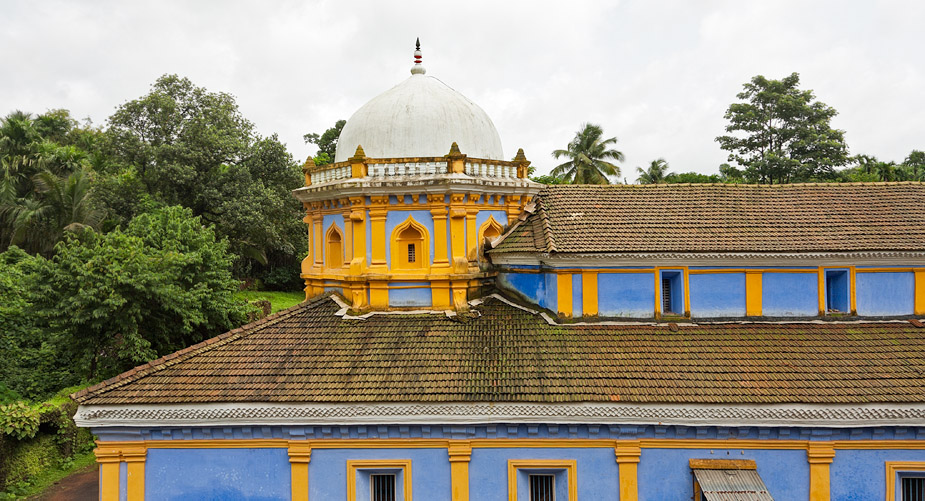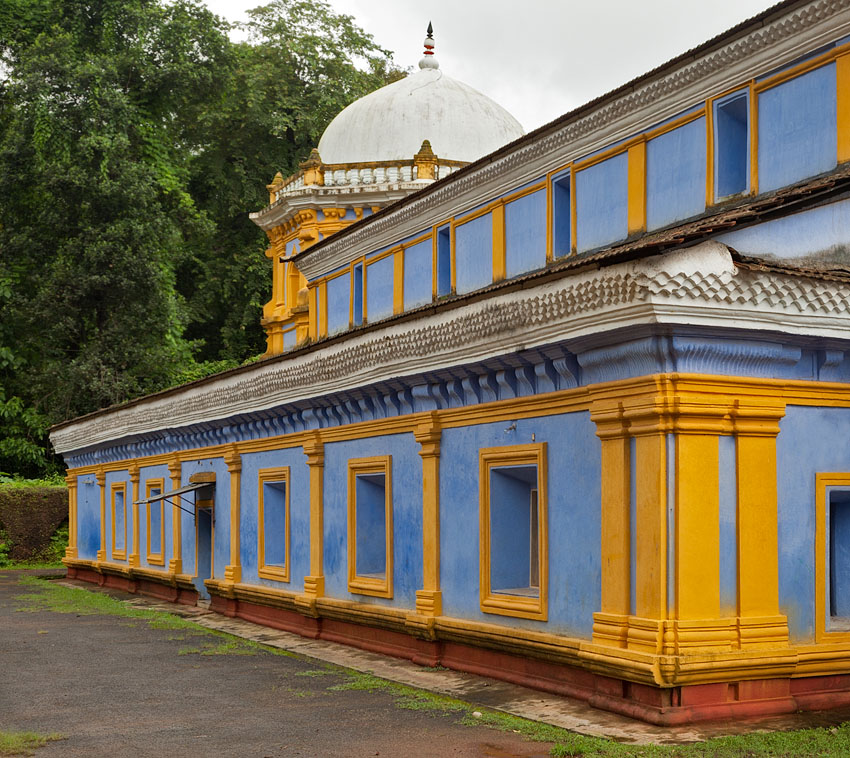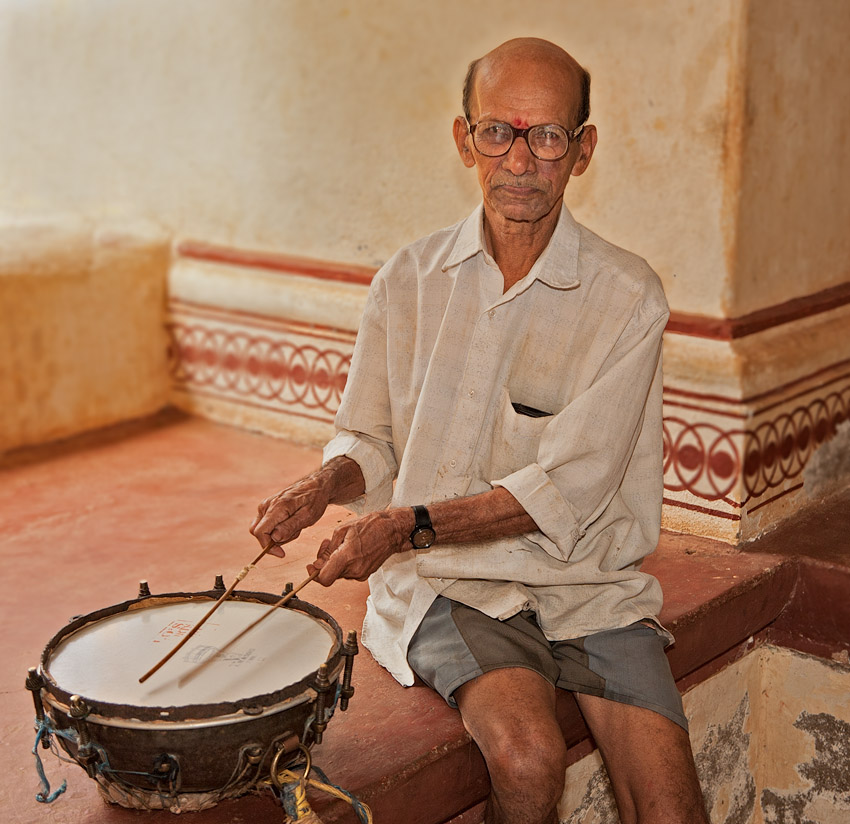Legend has it that a group of sages on the island of Divar in Goa undertook penance to propitiate Shiva. It took seven crore (sapta-kot) years for the Great Yogi to take notice of their exertions. When He finally showed up, the sages petitioned Him to take up residence in the village of Naroa (also called Narve). Thus came about the great temple of Saptakoteshwar in Naroa-Divar, one that enjoys a special place in the Goan psyche for its singular role in our land’s turbulent history.
Saptakoteshwar weathered intrusions first by the Bahmani sultans, and later by the Portuguese who destroyed it. The first mass conversion of Goan Hindus to Christianity took place here on August 15, 1560, cleverly engineered by the Portuguese on the day of Gokulashtami, traditionally the most important celebration at the temple. The provenance of one of Goa‘s popular folk tunes, Hanv Saiba poltodi vaita, can be traced to this event.
At the original temple site in Naroa-Divar today stands the Chapel of Our Lady of Candelaria, and nearby lie the remains of the temple tank. The ancient linga has its own tale of woes to tell, even serving as a pulley for a nearby well. Finally it made its way across the river to be reinstalled at a new site which came to be known as New Naroa, today’s Narve in Bicholim taluka. The temple was restored by Shivaji in 1668.

Saptakoteshwar Temple at Narve, Goa
5D, 24-105L

Saptakoteshwar
5D, 24-105L

Saptakoteshwar Temple by Mario Miranda
(Reproduced with permission of the Mario Gallery)

Temple musician Dattaram Ramkrishna Narvekar
5D, 24-105L




My homage to the temple at http://zorotmorot.blogspot.in/
Thank you
Sonia
Thanks,
This is my village.
Nice to see temple musician “Dattulo”as we call him on your blog. He may not be aware how famous he is…
Do visit one more time.
Temple tank is now renovated, also the old temple of Aryadurga behind saptakoteshwar temple is also renovated.
I thought Shiva was easier to propitiate than that!
Once again RP, Thank you for sharing this with us. Pic 2 is really brilliant (to me at least) as it brings out the nostalgic emotions of one who is utterly disgusted by the monstrous concretization which is now taking place in Goa.
Splendid color scheme, and like the florescence in the chrome orange. A thought on color: It would be a vision if they could manage to keep the tiles pretty consistently Indian red, or a dark laterite brown.